Guest post by author E.E. Knight
Dragons have stalked human imagination forever. I’m sure dragon stories are as old as campfires and mysterious rustlings in the darkness outside the firelight. To reverse Lady Galadriel’s formula: myth became legend, and legend became history. In the span stretching from Beowulf to the Monster Manual, we’ve built up an archetype of what a dragon should be. Flying, armored, fire-breathing monsters that steal the gold, eat the cattle, and make off with the maidens.
When I started writing dragons in my Age of Fire books I decided to explain why dragons are the way they are, figure out a way to make them a convincing part of the world without Jedi-hand waving away too much.
But first, an admission. I never was able to quite get flying to work beyond “they’re strong and have these huge wings.” Having a failure right out of the gate was dispiriting, but I remembered the old saw that readers happily give you one miracle if the rest of the story is solid. I’ve yet to receive a single complaint that my dragons fly.
Fire-breathing came easiest. Animal fats are a big part of a dragon’s diet, and I spent enough time as a line cook in restaurants to develop a healthy fear of grease fires. Dragons making a biological napalm that bursts into flame when exposed to air, kind of like a broken sodium light, seemed reasonable. The dragon would expel it through a natural tube that decreased in size like a hydraulic mining rig with powerful neck muscles, which could also be useful in moving blood about to a big brain at the end of a long neck.
Why hoard coin? Considering the possibilities was fun. I toyed with the idea of making them financial institutions, inventing a few basic rules of banking but abandoned that as I wanted, at least for those books, for humans and dragons to be at odds. Well, how about if they needed heavy, highly conductive metals as part of their diet, like a vitamin supplement? They have armored scales, maybe that’s what they need to eat to grow thick scale and keep it healthy. Maybe once upon a time they just swallowed down raw ore but eventually either figured out metallurgy for themselves or the classic fantasy races started presenting them with coin to keep the peace or buy them into doing favors. With a long-lived species you’d want to make sure you had enough to last, so you’d hoard it against your supply tribe getting wiped off its ice field or the lights going out in Rome.
As for making off with the maidens, once I dispensed with the idea of devouring them (protein isn’t hard to find in this world) I fell back on childhood memories. As a preschooler, I loved having my afternoon nap right on top of mom’s side of the bed, where the smell of her relaxed and comforted me. Very different from my dad’s side of the bed (maybe it was the Aqua Velva?). I decided that dragons found a natural female aroma relaxing. We’d seen in the Age of Fire books that dragons burned resins in braziers like incense to keep males from being on edge, as they are prone to get into fights when they were around other males in close confinement. I’d even put in a scene of draconic hygiene where they talked in a sweat lodge while perspiring humans cleaned their scale. From sweat brought on by the sauna to sweat brought on by exertion wasn’t a great leap and the idea of dragon dancers was born for Novice Dragoneer.
Finally I decided they had the size and ability to communicate at frequencies humans couldn’t hear if they wished, a bit like elephants where we only pick up a vague THX-theater rumble as they speak, felt rather than heard. Useful for talking when you don’t want the children or lesser species to understand and thought of by humans as magical telepathy.
I spent plenty of time in the Age of Fire books on dragon society and interactions and their tumultuous relationship with mankind. With the Dragoneer Academy books I wanted to explore another age, where what’s left of the dragons in the world have figured out a way to coexist with humans, fulfilling the dream of a few far-sighted dragons expressed at the end of Age of Fire. Give the human side of the story this time through Ileth as she matures and learns and winkles out all the hidden architectures behind the monastic walls of the Serpentine Academy and the mountainous Beehive. But I had all sorts of questions, like why exactly would dragons risk themselves in petty human squabbles? What’s going on with the mutagenic effects of dragon blood that we saw with the Copper’s bat spies? Have dragons really abandoned the idea of being in charge, given their superior power and centuries of practiced wisdom, and will humans tolerate a partnership, especially with a former enemy who demands so much of them?
Good thing for me there’s no end of blank pages waiting for words.






